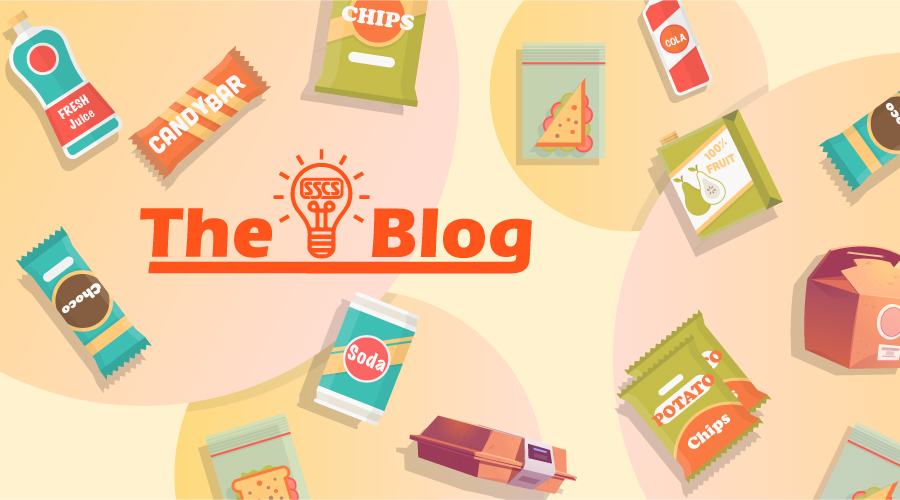A Package Deal

Packaged goods innovation is keeping up with the c-store’s evolution. Here’s how they’re doing it.
High profile developments like Foodservice, fine dining options, and colorful, money-saving promotions capture a lot of industry-wide attention, but don’t undersell the appeal of packaged goods. They’ve been a staple of the c-store from the beginning, but that doesn’t mean they haven’t evolved.
As it stands now, the industry has settled into a handful of general-use packaging options to keep up with the ever-broadening selection of available merchandise. It’s all driven by competition for attention on the shelf, the kind of environment that fosters innovation. The current state of product packaging shows this.
Plastic Containers. These are commonly used for salads, fruit cups, and pre-packaged meals. They offer visibility and are easy to reseal if the customer doesn’t finish the food in one go.
Wraps and Foil Packets. Ideal for sandwiches, burritos, and hot dogs, these lightweight, portable options are perfect for handheld snacks.
Cardboard Boxes. Pizza, chicken tenders, and other larger items are often packaged in cardboard boxes. These are sturdy and help keep the food warm and intact.
Cups and Lids. For beverages and soups, cups with secure lids are essential. They prevent spills and maintain temperature.
Eco-Friendly Options. As sustainability gains importance, convenience stores are transitioning to eco-friendly packaging materials like biodegradable or compostable containers made from materials like cornstarch or sugarcane.
That isn’t to say that there aren’t certain challenges regarding packaging, but food suppliers are hard at work resolving them, making concerted efforts to come up with innovative solutions to address them. Let’s look at some.
Reduced Single-Use Plastics. Many convenience stores are actively working to reduce single-use plastics by offering reusable or recyclable packaging options and encouraging customers to bring their own containers.
Smart Packaging. Technology is making its way into food packaging. Smart labels can provide real-time information about the freshness and safety of the product.
Sustainable Materials. The use of sustainable materials like bamboo, paper, and bioplastics is on the rise, reducing the environmental impact of packaging.
Since 1981, SSCS has seen any number of innovations in packaging. One aspect that hasn’t changed, however, is the need to manage, profitably, the inventory items inside.
Thankfully, the advent of technology has made this more achievable than ever by allowing close monitoring and of movement and sales trends, no matter how unique the container of the items may be. It’s the key to maximum profitability, and it just so happens that our inventory software is flexible to handle any innovation in containment. We can show you how and why when you give us a call at (800) 972-7277.





Recent Comments